Farmers markets represent more than simple food shopping—they’re cultural exchanges where regional specialties tell stories about climate, soil, and generations of agricultural wisdom passed down through farming families. The best markets showcase ingredients that supermarket chains cannot replicate, from heirloom tomatoes that taste nothing like their mass-produced cousins to artisanal cheeses aged in caves that have been used for the same purpose for centuries.
These weekly gatherings create connections between urban consumers and rural producers while preserving agricultural traditions that industrial farming often abandons in favor of efficiency.
Each region’s farmers market reflects the unique combination of geography, climate, and cultural heritage that shapes local food systems and creates specialties found nowhere else on Earth. Here is a list of 19 farmers’ markets that celebrate distinctive local products while providing authentic tastes of their communities’ agricultural identity.
Union Square Greenmarket

New York City’s flagship market transforms Manhattan’s concrete landscape twice weekly with displays of Hudson Valley apples, Long Island duck, and upstate maple syrup that demonstrate surprising agricultural diversity within commuting distance of America’s largest city.
The market operates year-round, showcasing how Northeast farming adapts to seasonal changes from spring’s tender greens to winter’s stored root vegetables and preserved goods. Celebrity chefs shop alongside neighborhood residents while vendors explain farming techniques that support productivity in the challenging Northeast climate.
Pike Place Market

Seattle’s century-old market combines Pacific Northwest seafood traditions with agricultural products that thrive in the region’s unique marine climate, where constant moisture supports everything from giant pumpkins to delicate berries. The famous fish-throwing vendors represent just one aspect of a market that showcases Washington’s wine country products, Oregon’s hazelnuts, and British Columbia’s seasonal specialties.
Year-round operation means visitors can experience how Pacific Northwest agriculture adapts to the region’s distinct wet and dry seasons.
Like Travel Pug’s content? Follow us on MSN.
Ferry Plaza Farmers Market
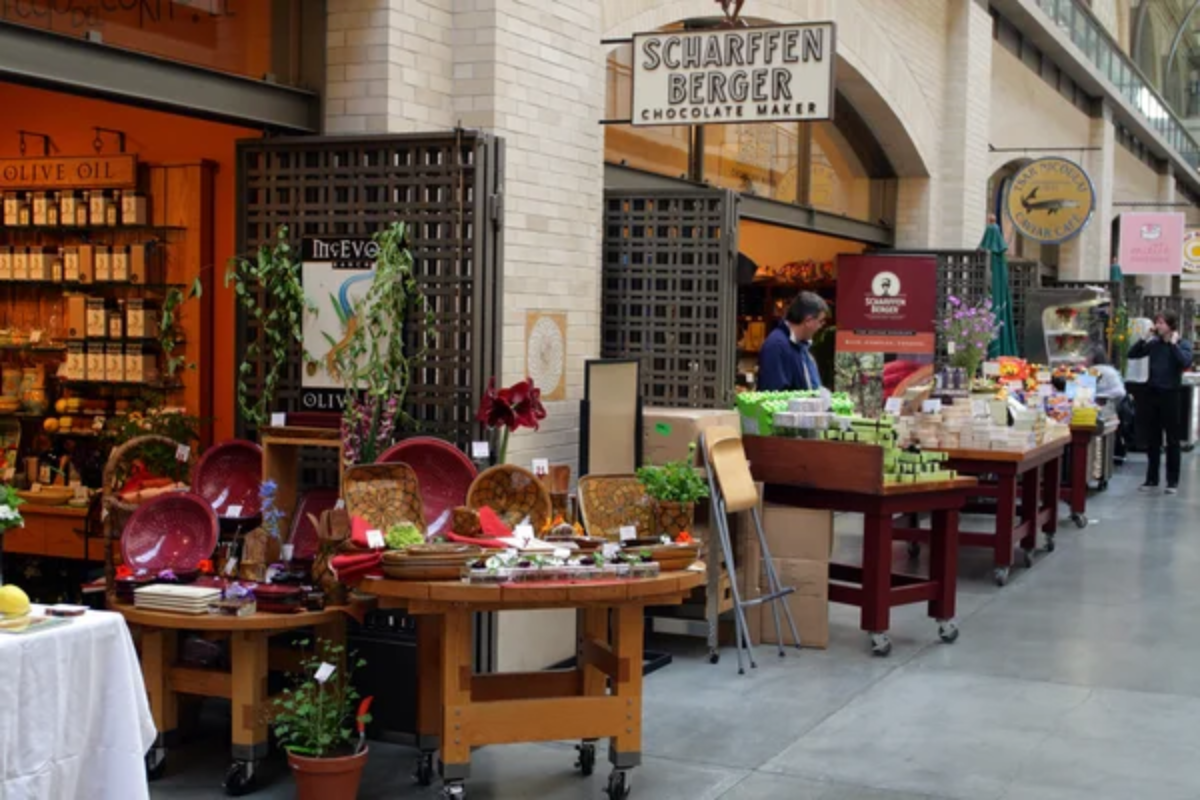
San Francisco’s waterfront market celebrates California’s Mediterranean climate through vendors who grow everything from Meyer lemons to olive oil that rivals European imports while maintaining sustainable farming practices in the fertile Central Valley.
The market’s location provides stunning bay views while farmers explain how California’s diverse microclimates allow for year-round growing seasons that produce fresh strawberries in January and heirloom tomatoes until November. Local restaurants source ingredients directly from market vendors, creating farm-to-table connections that influence Bay Area dining culture.
Santa Fe Farmers Market

New Mexico’s high desert market showcases chile peppers that define regional cuisine alongside traditional crops like blue corn and beans that have sustained Pueblo communities for over 1,000 years. The market celebrates indigenous agricultural knowledge while highlighting how elevation and intense sunlight create growing conditions that produce exceptionally flavorful vegetables and fruits.
Native American vendors share traditional preparation methods, while contemporary farmers demonstrate how ancient crops adapt to modern sustainable farming techniques.
Charleston Farmers Market
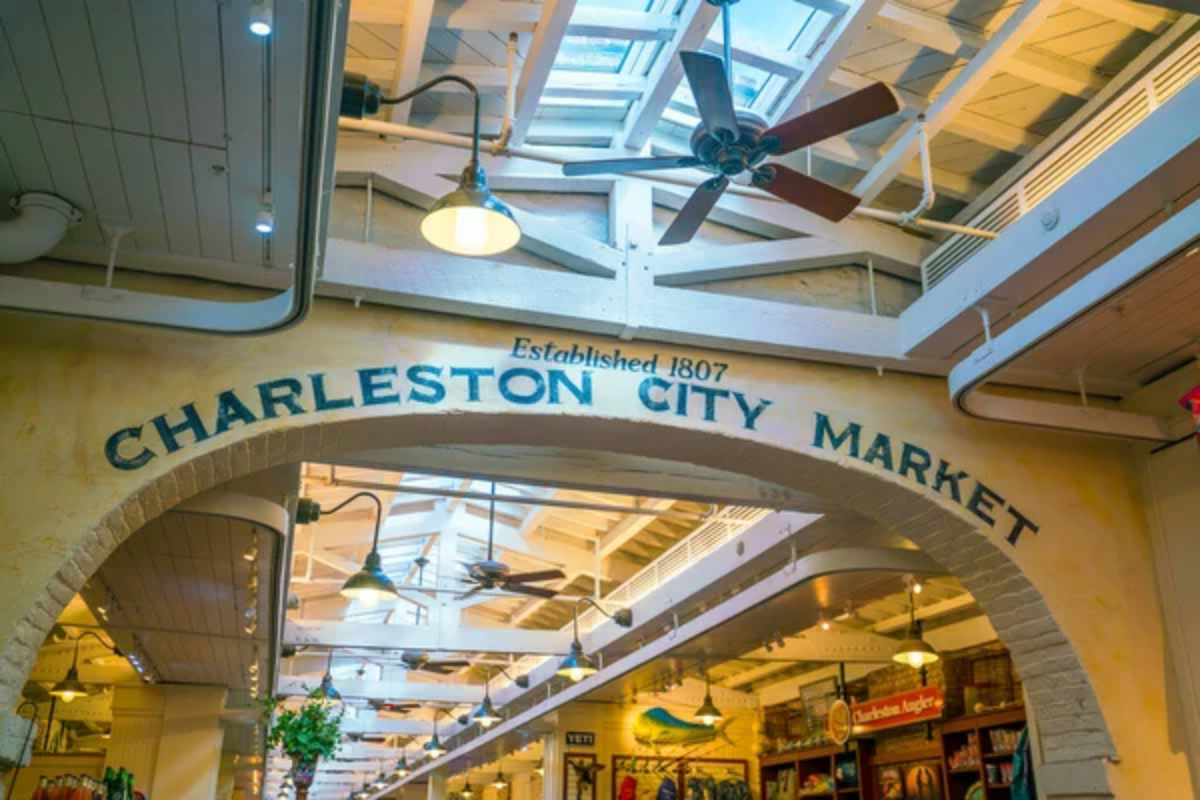
South Carolina’s historic market combines Lowcountry agricultural traditions with contemporary organic farming that produces everything from Carolina Gold rice to Sea Island red peas that nearly disappeared before dedicated farmers revived heritage varieties.
The subtropical climate allows for extended growing seasons while coastal influences create unique conditions for crops like benne seeds and ground cherries that reflect the region’s African-influenced culinary traditions. Local chefs collaborate with farmers to preserve traditional recipes while creating contemporary dishes that honor historical foodways.
Like Travel Pug’s content? Follow us on MSN.
Portland Farmers Market
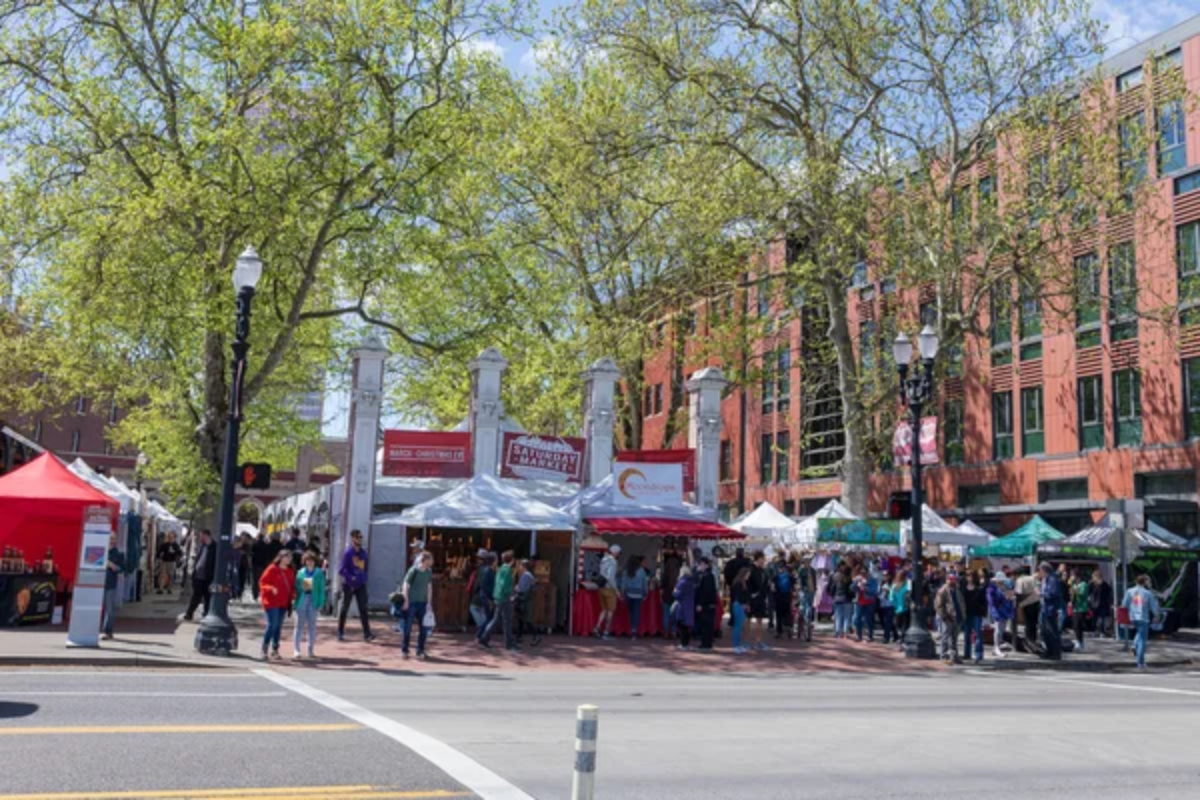
Oregon’s largest market showcases the Willamette Valley’s exceptional growing conditions through vendors who specialize in everything from hazelnuts and marionberries to artisanal cheeses and grass-fed beef raised in sustainable systems. The Pacific Northwest’s commitment to environmental stewardship appears in farming practices that prioritize soil health and biodiversity while producing ingredients that define regional cuisine.
Food trucks and prepared food vendors demonstrate how local ingredients translate into contemporary Pacific Northwest dishes.
Dane County Farmers Market
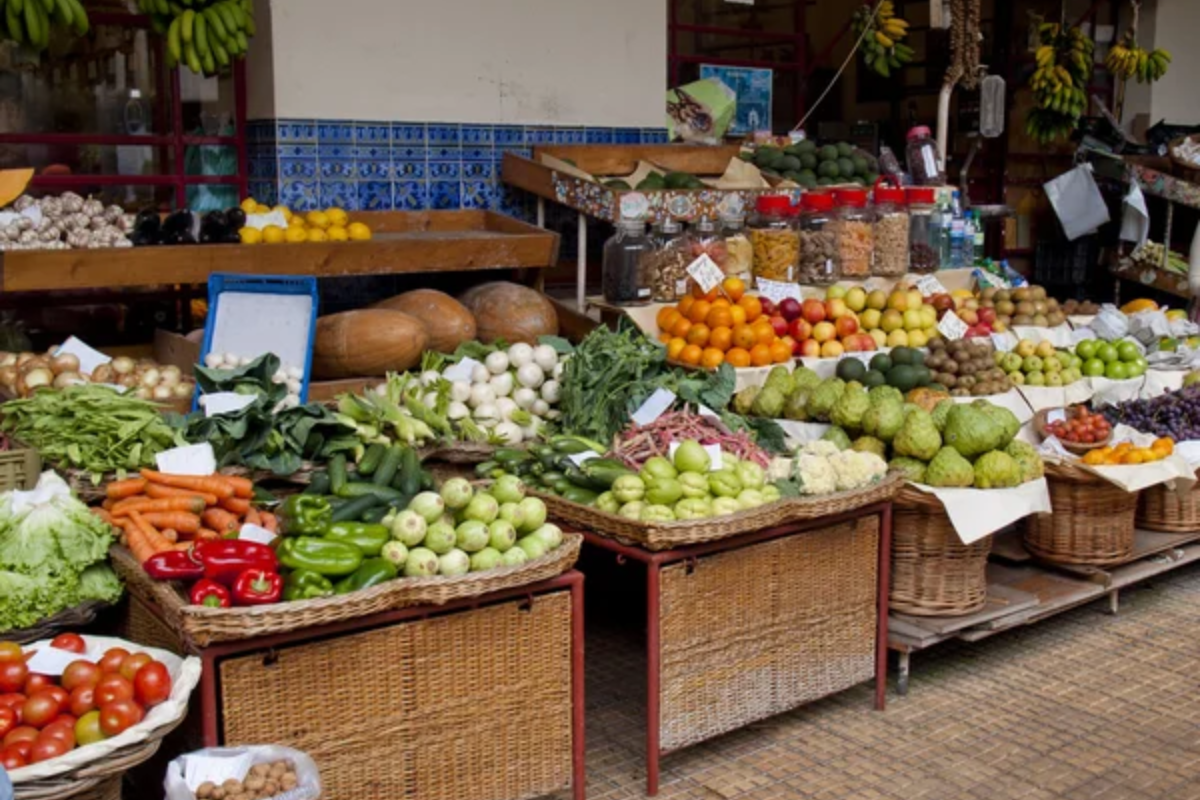
Wisconsin’s Madison market surrounds the state capitol with vendors who represent the dairy state’s agricultural diversity beyond its famous cheese production, including cranberries, ginseng, and maple syrup that thrive in the upper Midwest’s challenging climate. The market operates on Saturday mornings from spring through fall, while winter markets showcase preserved goods and greenhouse production that extend Wisconsin’s growing season.
Local food cooperatives and restaurants source ingredients directly from market vendors, creating economic relationships that support small-scale farming operations.
Ann Arbor Farmers Market
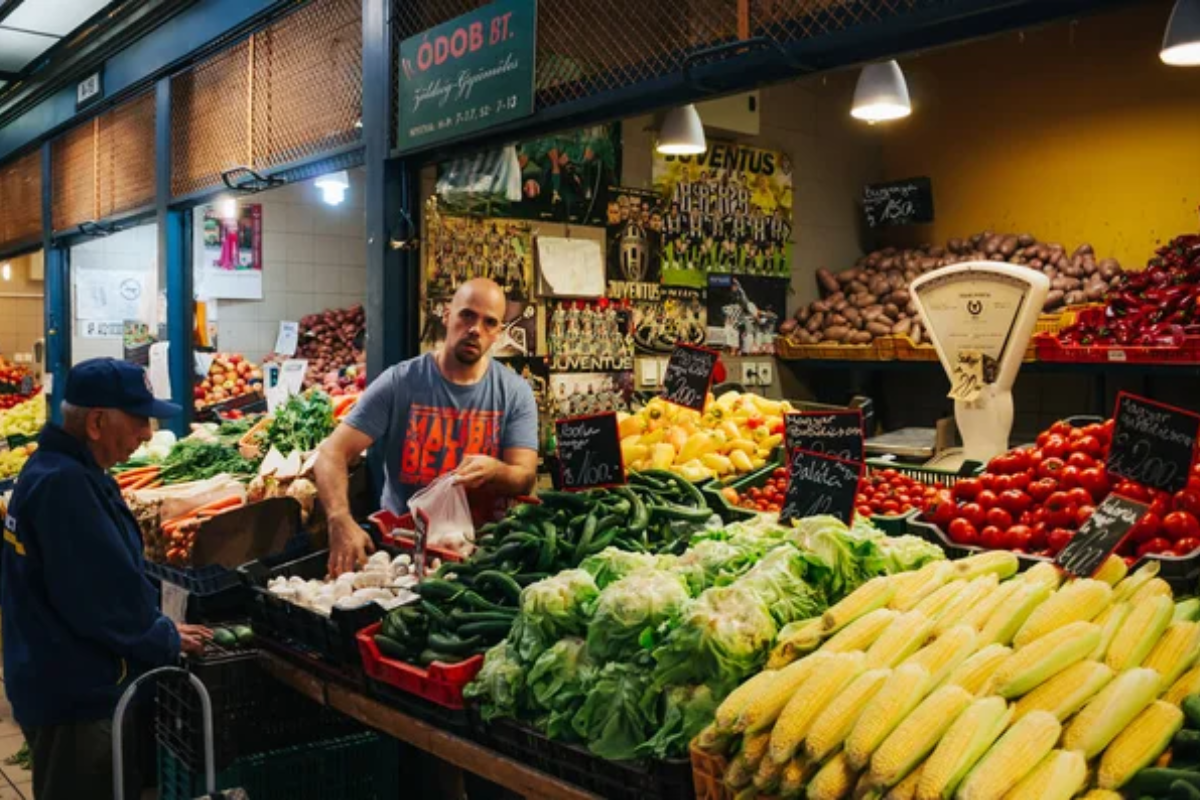
Michigan’s year-round market combines Great Lakes regional specialties like tart cherries and apples with greenhouse production that provides fresh vegetables throughout harsh Midwest winters. The market’s indoor-outdoor format accommodates Michigan’s extreme seasonal changes while vendors explain how cold storage and preservation techniques developed over generations allow for diverse offerings despite short growing seasons.
University of Michigan’s agricultural programs connect with market vendors to demonstrate research applications in sustainable farming practices.
Like Travel Pug’s content? Follow us on MSN.
Crescent City Farmers Market
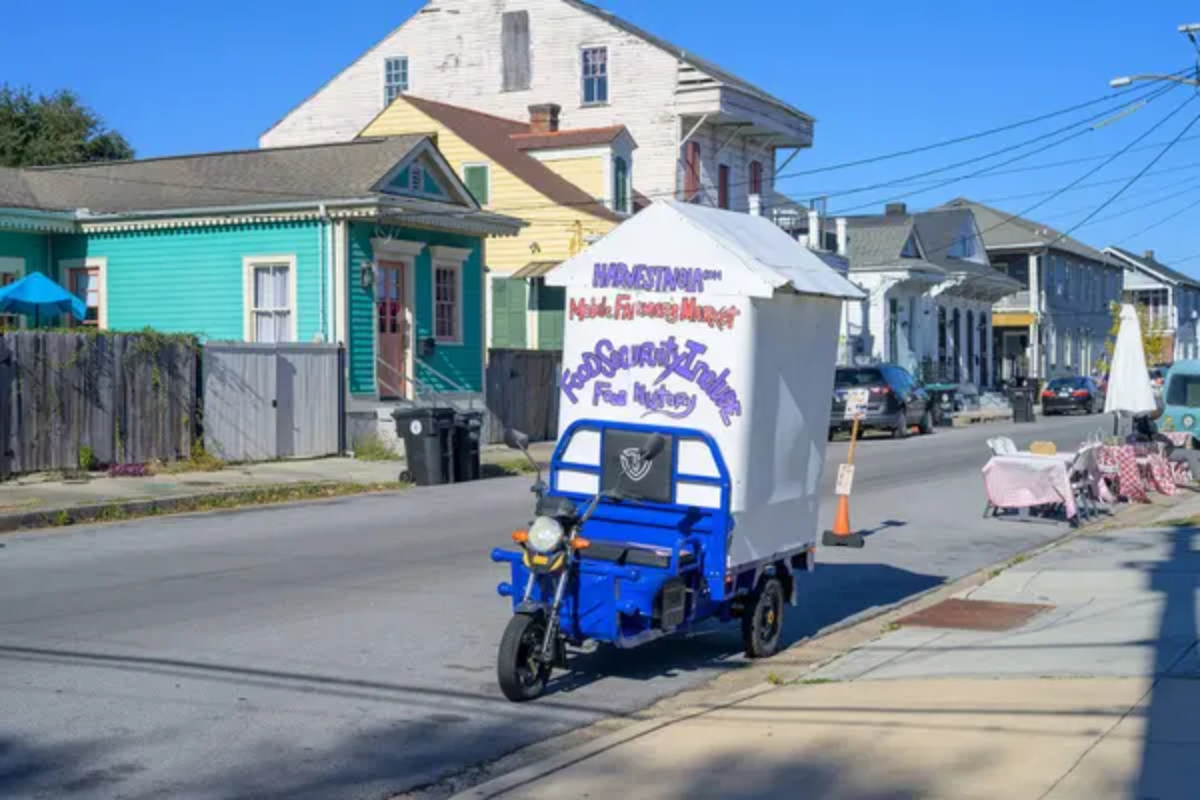
New Orleans’ market celebrates Louisiana’s unique growing conditions, where subtropical climate and Mississippi River delta soil produce everything from Creole tomatoes to sugar cane while reflecting the cultural diversity that shapes regional cuisine. Vendors often prepare traditional dishes using their ingredients, creating opportunities for visitors to sample authentic Louisiana flavors while learning about ingredients that define Creole and Cajun cooking.
The market operates year-round in a climate that supports continuous growing seasons, with different crops thriving during various months.
Boulder County Farmers Market
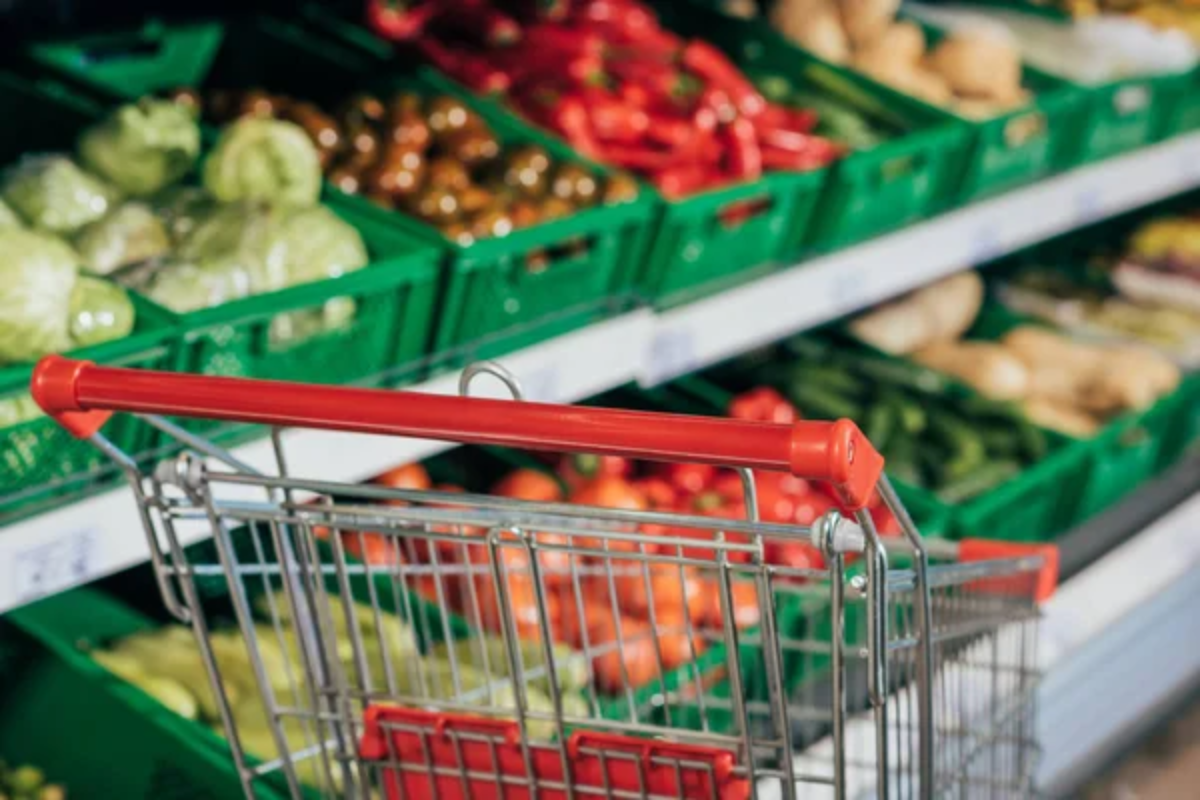
Colorado’s high-altitude market showcases mountain agriculture, where intense sunlight and dramatic temperature swings create unique growing conditions for cold-hardy crops and greenhouse production that extends growing seasons despite early frost dates. Local vendors specialize in organic vegetables, grass-fed meats, and artisanal products that reflect Boulder’s commitment to sustainable living while demonstrating how agriculture adapts to challenging mountain environments.
The market’s location provides stunning Rocky Mountain views while vendors explain how elevation affects everything from plant growth to cheese aging processes.
Bellingham Farmers Market
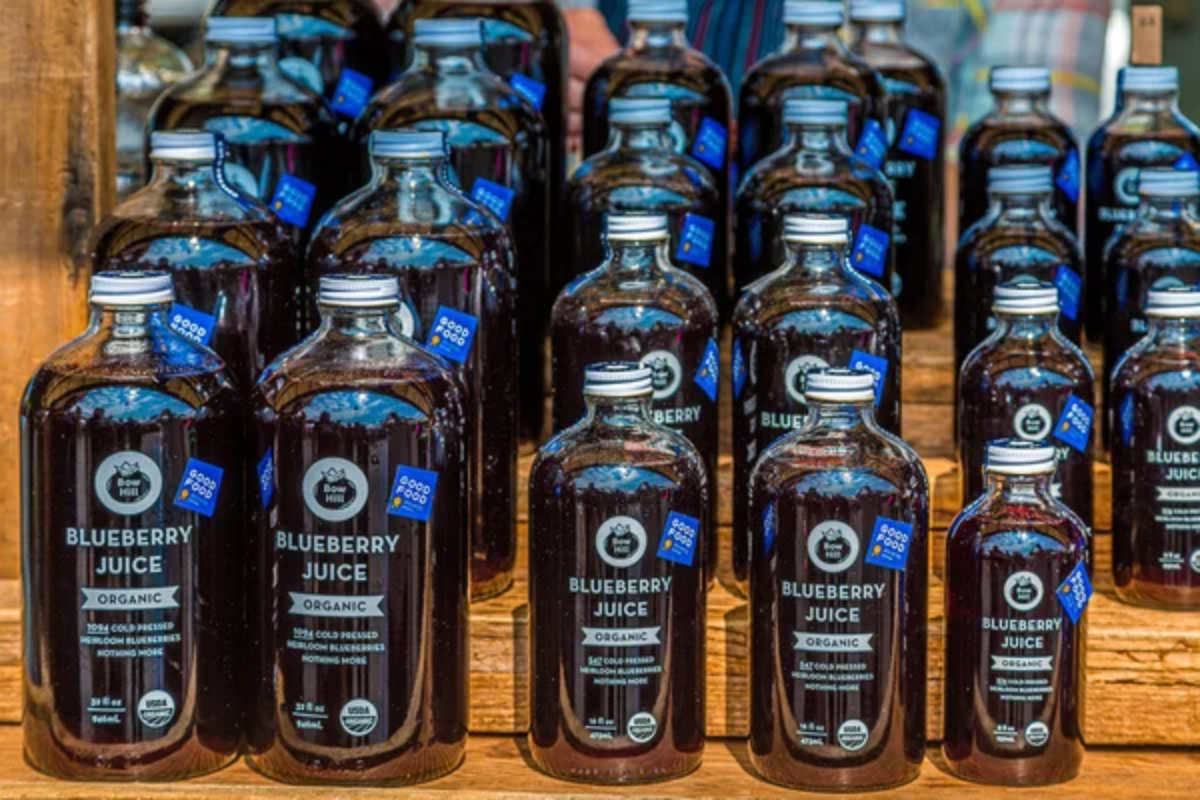
Washington’s northwestern market combines Pacific coastal influences with Cascade Mountain agriculture, which produces exceptional berries, tree fruits, and dairy products in one of America’s most productive agricultural regions. The temperate marine climate creates ideal conditions for crops that require consistent moisture while vendors explain how sustainable farming practices protect the region’s pristine environment.
Seasonal specialties include everything from spring asparagus to fall pumpkins, while year-round greenhouse production provides fresh greens throughout Pacific Northwest winters.
Like Travel Pug’s content? Follow us on MSN.
Austin Farmers Market

Texas Hill Country’s market showcases how central Texas climate supports both traditional southern crops and southwestern specialties while highlighting urban agriculture initiatives that bring fresh food production into city environments. Local vendors grow everything from traditional Texas peaches to exotic peppers while demonstrating how water conservation techniques allow for diverse agriculture despite periodic drought conditions.
The market’s live music and food truck atmosphere reflects Austin’s cultural identity while connecting urban consumers with rural agricultural traditions.
Ithaca Farmers Market
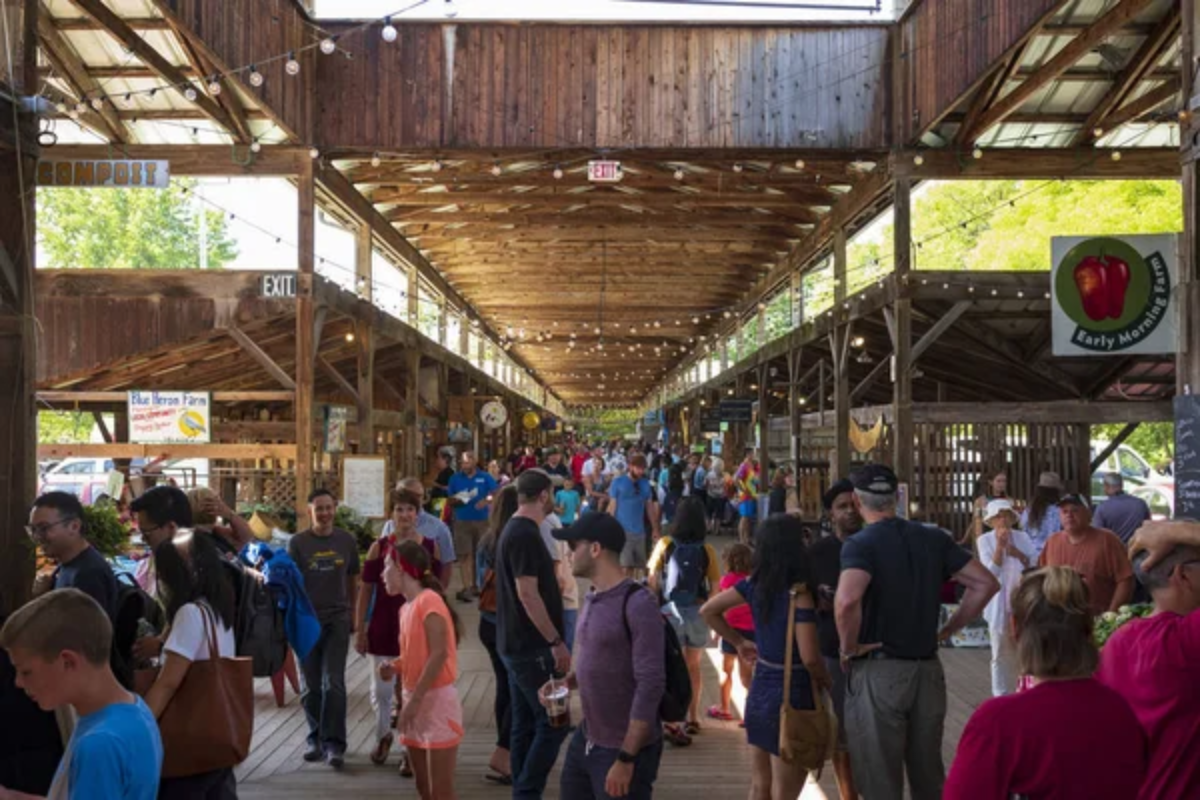
New York’s Finger Lakes region market combines lakeside agriculture with Cornell University’s agricultural research to showcase innovative farming techniques alongside traditional crops that thrive in the region’s unique microclimate. The market’s pavilion structure provides year-round operation while vendors explain how lake-effect weather patterns create exceptional conditions for wine grapes, apples, and vegetables that benefit from extended growing seasons.
Local food processors demonstrate how regional specialties like maple syrup and artisanal cheeses connect farm production to value-added products.
Missoula Farmers Market

Montana’s mountain valley market showcases high-altitude agriculture where short growing seasons produce intensely flavored vegetables and fruits while local ranchers provide grass-fed meats raised in sustainable grazing systems. The market operates from spring through fall while vendors explain how Montana’s extreme climate challenges create opportunities for cold-hardy crops and season extension techniques.
University of Montana’s agricultural programs connect with local farmers to demonstrate research applications in sustainable mountain agriculture.
Like Travel Pug’s content? Follow us on MSN.
Burlington Farmers Market
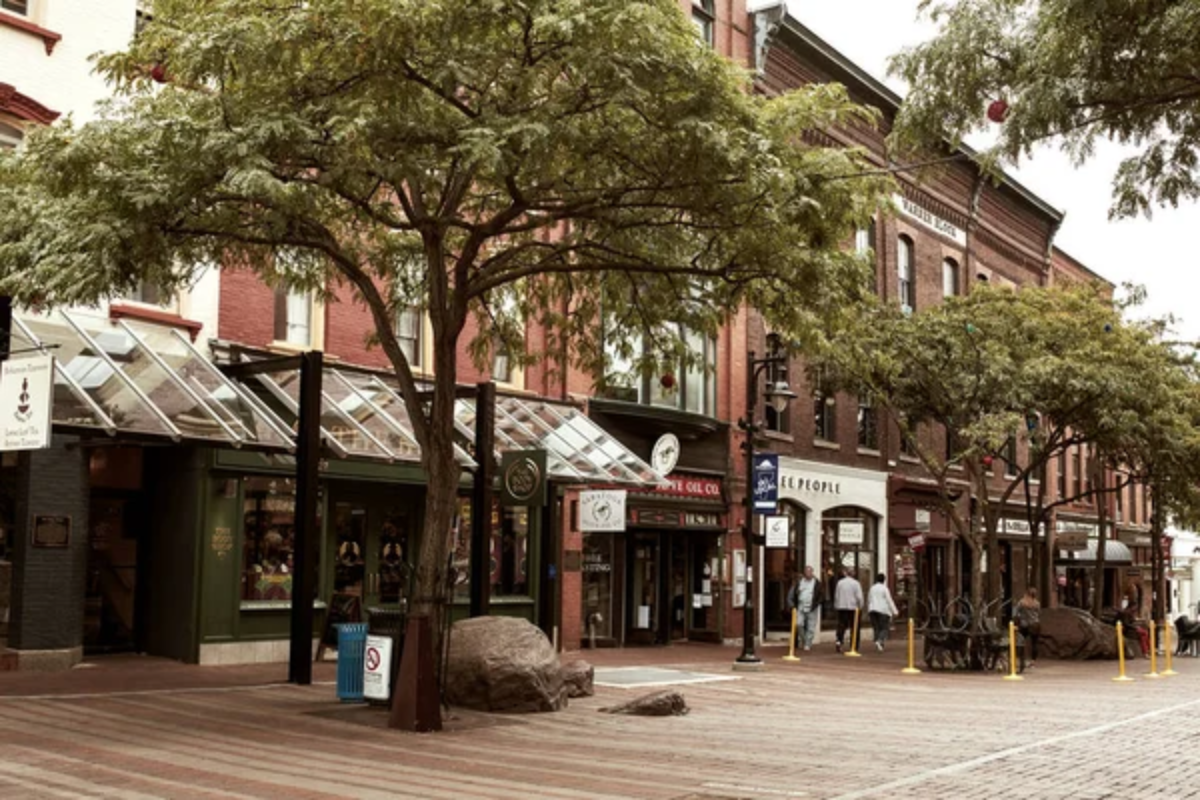
Vermont’s lakeside market celebrates the state’s reputation for artisanal food production through vendors who create everything from aged cheeses to maple syrup while maintaining traditional farming practices in challenging New England climate conditions.
The market’s location provides stunning Lake Champlain views while vendors explain how Vermont’s commitment to sustainable agriculture creates premium products that command higher prices through quality rather than quantity. Seasonal offerings reflect Vermont’s short but intensive growing season that produces exceptional summer vegetables and autumn apples.
Kahului Farmers Market

Maui’s tropical market showcases Hawaiian agriculture that combines traditional Polynesian crops with contemporary organic farming that produces everything from dragon fruit to coffee in volcanic soil conditions found nowhere else on Earth. The market operates multiple days weekly while vendors explain how Hawaii’s isolated location requires sustainable agriculture practices that minimize external inputs while maximizing local food security.
Traditional Hawaiian ingredients like taro and breadfruit appear alongside tropical fruits that thrive in the islands’ unique climate zones.
Greenville Farmers Market

South Carolina’s upstate market combines Appalachian mountain agriculture with Piedmont farming traditions that produce everything from heritage apples to grass-fed beef while showcasing how sustainable farming practices adapt to southeastern climate challenges.
The market’s downtown location connects urban consumers with rural agricultural traditions while vendors explain how cover cropping and soil conservation techniques maintain productivity despite challenging weather patterns. Local restaurants source ingredients directly from market vendors, creating farm-to-table relationships that influence regional dining culture.
Like Travel Pug’s content? Follow us on MSN.
Kona Farmers Market
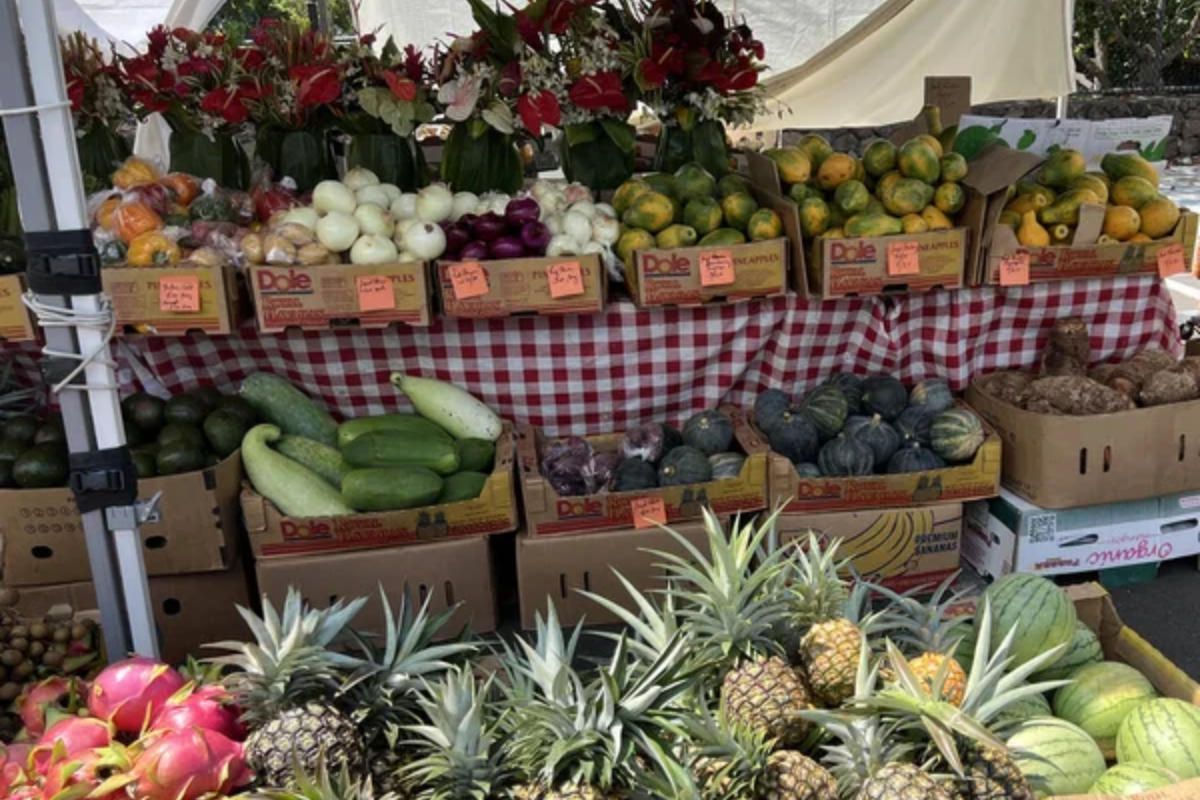
Hawaii’s Big Island market showcases Kona’s famous coffee alongside tropical specialties that grow in volcanic soil conditions where elevation changes create multiple climate zones within short distances. Vendors explain how Hawaiian agriculture adapts to trade wind patterns and volcanic activity while producing unique crops that cannot grow elsewhere in the United States.
The market’s location provides ocean views while demonstrating how island agriculture balances food security with environmental protection in isolated Pacific conditions.
Lancaster Central Market
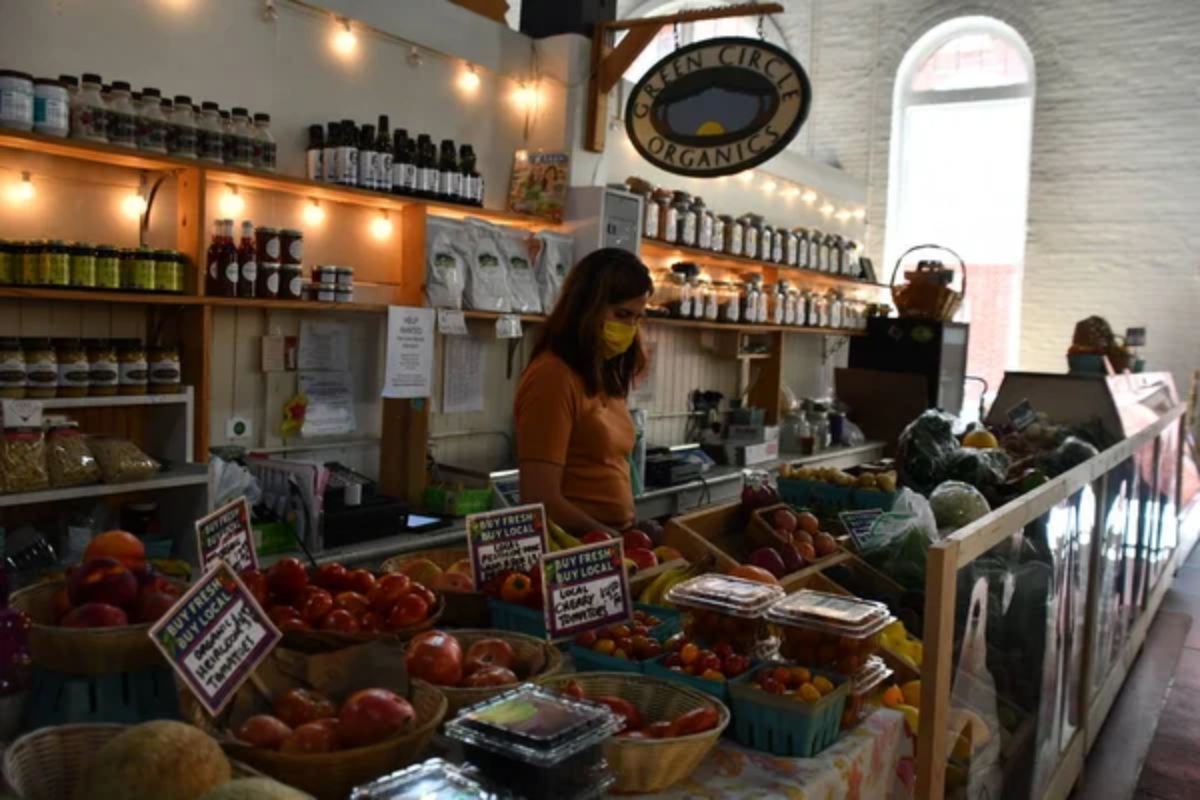
Pennsylvania’s historic covered market combines Pennsylvania Dutch agricultural traditions with contemporary organic farming that showcases how Amish and Mennonite communities maintain sustainable agriculture practices developed over generations. The market operates twice weekly in a building dating to the 1880s, while vendors offer everything from fresh produce to traditional baked goods that reflect German cultural influences. L
ocal food preservation techniques demonstrate how Pennsylvania Dutch communities developed methods for extending harvest seasons through traditional canning, smoking, and fermentation processes.
Harvesting Community Connections

These farmers’ markets demonstrate how agricultural diversity reflects regional identity while creating economic opportunities for small-scale farmers who cannot compete with industrial agriculture through volume but excel through quality, freshness, and cultural authenticity. Each market serves as a cultural institution that preserves traditional farming knowledge while adapting to contemporary consumer demands for sustainable, locally-produced food that connects people to the land and seasons that shape their communities.
The most successful farmers’ markets recognize that they serve functions beyond simple commerce, creating spaces where agricultural education, cultural exchange, and community building occur naturally through a shared appreciation for food that tastes the way it should when grown with care in appropriate conditions.
Like Travel Pug’s content? Follow us on MSN.
More from Travel Pug

- 20 Best Beach Towns in the Carolinas
- 13 Destinations Where Tourists Regularly Regret Their Trip
- 20 Destinations That Are More Magical Without an Itinerary
- 20 Underrated Adventures That Belong on Your Travel List
- 20 Cities Where You Should Just Wing It, No Planning Required
Like Travel Pug’s content? Follow us on MSN.N.
